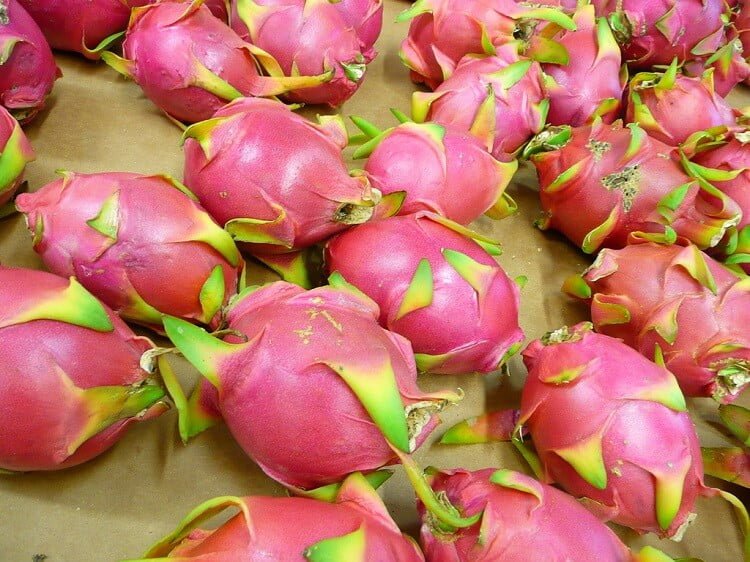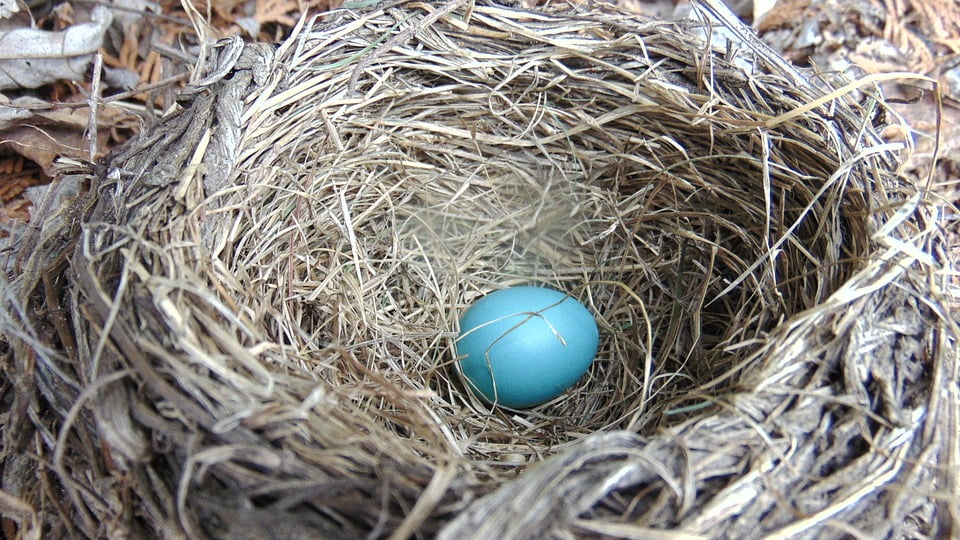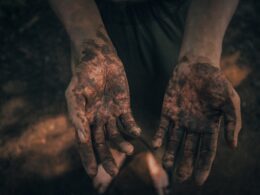Do you want to ensure your plants get the water they need without spending hours hand-watering them? Consider using an irrigation system to make your gardening life easier.
There are two popular options, soaker hoses and drip irrigation, but which one is right for you? In this article, we’ll explore the pros and cons of each system, how they work, and when to use them. By the end, you’ll have a better understanding of these effective and efficient watering solutions and be able to choose the best option for your specific needs.
With an irrigation system, you can save time, water, and ensure your plants receive consistent watering. But with so many options available, it can be overwhelming to choose the right one for you.
That’s why we’ve put together this guide to help you decide between drip irrigation and soaker hoses. We’ll discuss the benefits and drawbacks of each system, how they work, and what factors to consider when making your choice.
So, let’s dive in and find the perfect irrigation system for your garden!
Quick Takeaways
- Soaker hoses are ideal for flat surfaces and perfect for vegetable or flower gardens, while drip irrigation is ideal for any type of garden, from crop gardens to surface or raised planter beds to potted plants, hanging baskets, and trellises.
- Soaker hoses are affordable, easy to install and operate, and rarely clog up, while drip irrigation is more expensive to purchase and tends to clog up over time, requiring regular maintenance.
- Soaker hoses allow water to slowly and continually soak into the soil at the base of plants, while drip irrigation delivers water directly to the ground/root system, allowing precise control of water flow to only the plants that need it.
- Homeowners should choose the best irrigation system for their individual needs based on factors such as the type of garden, terrain, cost, maintenance requirements, and aesthetic preferences.
Soaker Hose System
If you’re looking for an affordable and easy-to-install irrigation system for your flat vegetable or flower garden, a soaker hose system may be the perfect solution. Soaker hoses are made of porous material or have tiny holes throughout the length, allowing water to slowly and continually soak into the soil at the base of plants.
They are ideal for level garden plots and easy to snake through dense planter beds that are relatively flat. One of the pros of using a soaker hose system is that they are affordable and easy to install and operate. They rarely clog up, making maintenance a breeze.
However, soaker hoses cannot be used on sloping ground, and cheap hoses may kink up. It’s important to consider the ideal garden use when choosing between a soaker hose and drip irrigation system.
Drip Irrigation System
You may find the drip irrigation system to be the perfect solution for your home garden watering needs. This system uses thin, flexible plastic tubing with small holes or emitters that slowly drip or mist water directly onto the soil at the base of plants. This allows for precise control of water flow to only the plants that need it, promoting healthier and more efficient plant growth.
One of the advantages of drip irrigation is that it works well for vegetable or flower gardens, whether they’re flat or sloping. It can also be set up for use in containers or raised beds. However, it’s more expensive to purchase than soaker hoses and may require professional installation assistance if your garden is large.
Additionally, emitters and tubing can clog up over time, so regular maintenance is necessary to keep the lines clear. Proper installation techniques are crucial to ensuring the system works properly and effectively.
Comparison of Systems
Compare the two systems to determine which one best fits your specific needs and budget. Both drip irrigation and soaker hose systems have their pros and cons. Here are some factors to consider when deciding between the two:
-
Water delivery method: Drip irrigation delivers water directly to the ground/root system through small holes or emitters, while soaker hoses allow water to slowly and continually soak into the soil at the base of plants.
-
Factors to consider: If you have plants with varying water needs, drip irrigation may be the better choice because it allows for precise control of water flow to only the plants that need it. Soaker hoses, on the other hand, are ideal for flat surfaces and are affordable and easy to install.
-
Advantages and disadvantages: Soaker hoses are perfect for vegetable or flower gardens and are easy to move or reposition. However, they cannot be used on sloping ground and may kink up if cheaply made. Drip irrigation, while more expensive and difficult to move, is ideal for any type of garden and can be set up for use in containers or raised beds. Emitters and tubing may clog up over time and need regular maintenance to keep lines clear.
-
Cost considerations: Soaker hoses are generally more affordable than drip irrigation systems, but the cost can vary depending on the length and quality of the hose. Drip irrigation systems can be more expensive to purchase, but they offer more precise watering control and can potentially save money in the long run by reducing water waste.
Consider your specific needs and budget when choosing between drip irrigation and soaker hose systems. Both have their advantages and disadvantages, so it’s important to weigh the factors and choose the system that best fits your gardening needs.
Installation and Maintenance
To properly install and maintain your chosen watering system, it’s important to follow the manufacturer’s instructions carefully.
For both drip irrigation and soaker hose systems, it’s crucial to check for leaks or clogs regularly. A leak can waste water and cause damage to your garden, while a clog can prevent water from reaching your plants, leading to poor growth and potential plant death.
Additionally, it’s important to keep the system clean to prevent buildup of dirt or debris, which can also cause clogs. When installing a drip irrigation system, ensure that the emitters are properly spaced and the tubing is not kinked or damaged.
For soaker hoses, make sure the hose is properly positioned and secured, and that there are no gaps in coverage. To troubleshoot common issues, check for leaks or clogs, and make sure the water pressure is not too high, as this can cause damage to the system.
Regularly cleaning and maintaining your chosen system will ensure its longevity and effectiveness in keeping your plants healthy and beautiful.
Frequently Asked Questions
Can a combination of drip irrigation and soaker hose systems be used in the same garden?
Yes, you can combine drip irrigation and soaker hose systems to maximize efficiency in your garden. Use drip irrigation for precise watering and soaker hoses for broader coverage. It’s an affordable and effective way to keep your plants healthy.
How do I determine the water requirements for my plants when using a drip irrigation or soaker hose system?
To determine water requirements, research the specific needs of your plants and adjust your watering schedule accordingly. Use a moisture meter to ensure the soil is adequately hydrated, and monitor the weather to avoid over-watering.
Are there any environmental considerations when choosing between drip irrigation and soaker hose systems?
Consider the environmental impact and sustainability of your irrigation system. Soaker hoses are a more sustainable option, as they allow water to slowly soak into the soil. Drip irrigation, while efficient, can be less sustainable due to plastic tubing and emitters.
Can a drip irrigation or soaker hose system be used in conjunction with a rain barrel or other water harvesting system?
You can use drip or soaker hose systems with a rain barrel to conserve water. Both systems work well with water harvesting, reducing your water bill and environmental impact.
How do I winterize my drip irrigation or soaker hose system to prevent damage during freezing temperatures?
To winterize your drip irrigation or soaker hose system, first, turn off the water source. Then, blow out any remaining water using an air compressor or drain the system completely. This will prevent damage to your system during freezing temperatures.









